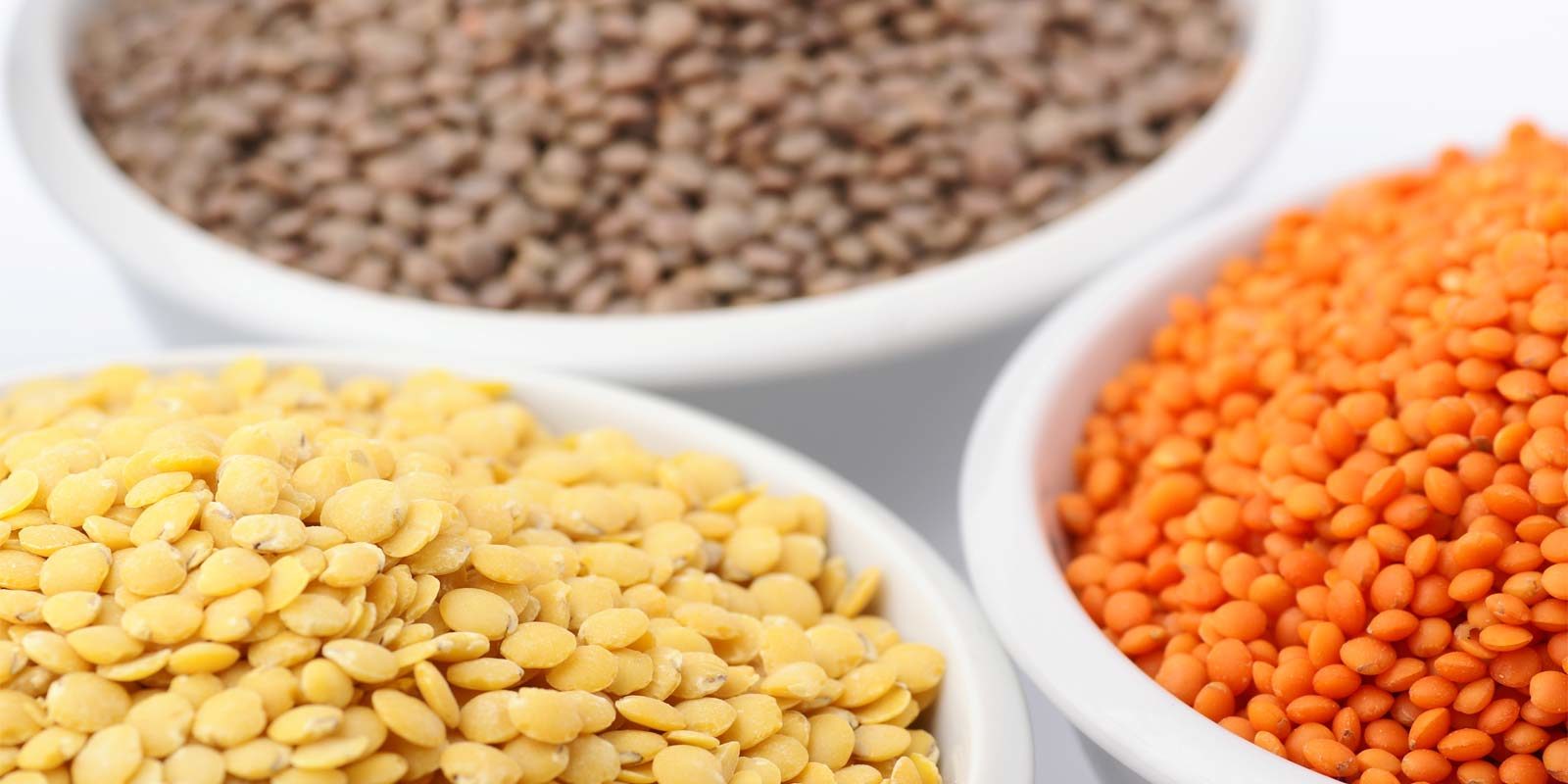Small But Mighty
Though small in size, lentils can offer enormous benefits to your growing baby. They are an excellent source of two essential nutrients, iron and zinc, are packed with B vitamins, magnesium, and potassium, and high in protein, calcium, and fiber. Iron is essential for making hemoglobin, a key component of red blood cells that transports oxygen throughout the body. It also helps power baby’s brain and neurological development, making it especially important for your baby’s development from infancy through childhood. Zinc is a mineral that is important for immune function, wound healing, and the senses of smell and taste.
A Healthy, Versatile Favorite
Like most beans and legumes, lentils are sometimes labeled as a gas-causing food for baby, so they should be gradually introduced into your little one’s diet. Lentils typically mimic the flavor of the foods they are cooked with, making them an ideal, healthy ingredient for baby food recipes. At around 6 months of age, all babies, particularly breastfed babies, need foods that are rich in iron and zinc on a regularly basis because their reserves become naturally depleted. Enter lentils!
Preparing Your Legumes
When preparing lentils, begin by rinsing them in cold water. Lentils cook to a mushier consistency than most other beans and vegetables, making them easier for your baby to eat and digest. When first introducing lentils to your baby’s diet, keep it simple – serve cooked lentils on top of foods that are easy to scoop, such as mashed vegetables, grain porridges, or yogurt. Lentils also make the perfect “thickener” for purees, soups, and casseroles. Encourage self-feeding by letting baby scoop the food with their hands or by pre-loading a utensil for baby to hold. The cooking possibilities are virtually endless with this versatile favorite, so feel free to test out several recipes to see which your baby loves best!
Lentil Fun Facts
- Lentils have been eaten by humans since Neolithic times and were one of the first domesticated crops.
- Said to have originated in Asia and the Middle East over 8000 years ago, lentils were also found in tombs of the ancient Egyptians in 2400 BC.
- The Greek playwright Aristophanes called lentil soup the “sweetest of delicacies”.
- Lentils are used as a key food ingredient around the world and are particularly popular in Middle Eastern countries, Greece, France, and India.
- Lentils grow as a bushy, herbaceous plant that can ready anywhere from 6 to 29 inches in height.
- Since 1989, lentils have been honored each year during the National Lentil Festival in Pullman, Washington.
Introducing Solid Foods
There are no hard and fast rules for your baby’s first foods. Introducing your little one to solid foods is one of the most exciting (albeit messy) milestones of your baby’s first year, but can also be a bit overwhelming. Check out our Grocery List for Solid Food Beginners for ingredient inspiration!
Sources
- https://www.mjandhungryman.com/lentils-for-babies/
- https://www.parents.com/baby/feeding/nutrition/why-iron-is-important/
- https://www.cdc.gov/nutrition/infantandtoddlernutrition/vitamins-minerals/zinc.html
- https://solidstarts.com/foods/lentil/
- https://pubmed.ncbi.nlm.nih.gov/24918847/
- https://mobile-cuisine.com/did-you-know/lentil-fun-facts/
- https://www.softschools.com/facts/plants/lentils_facts/1091/
